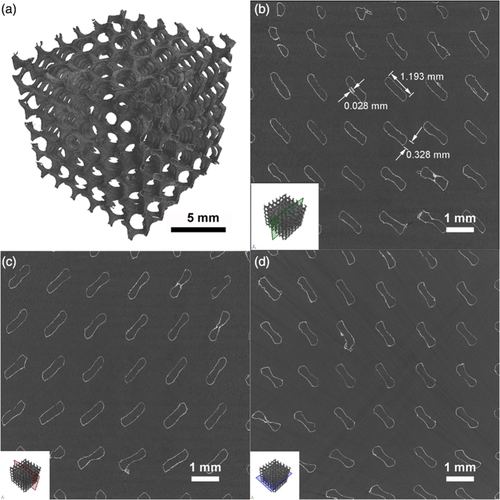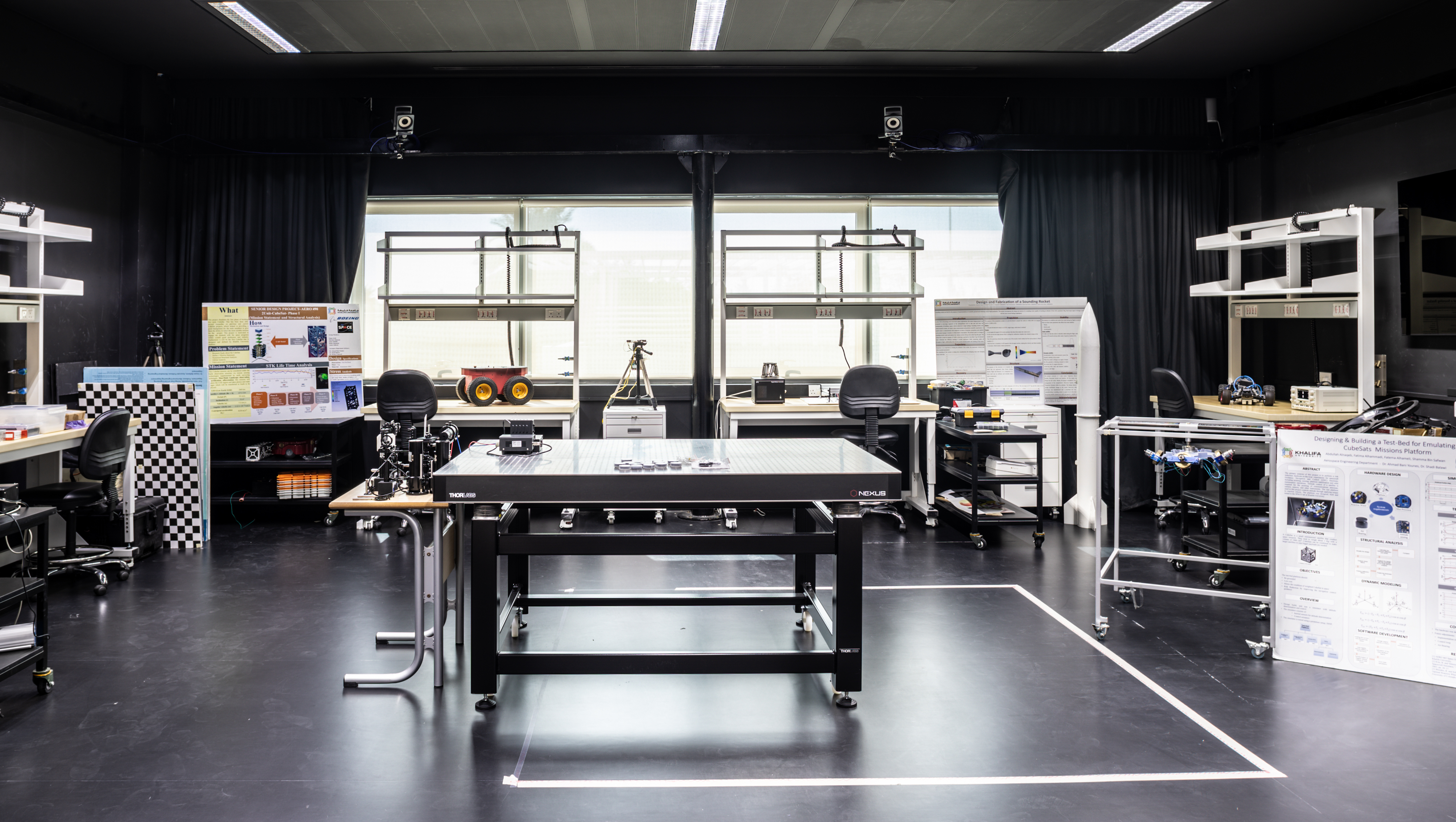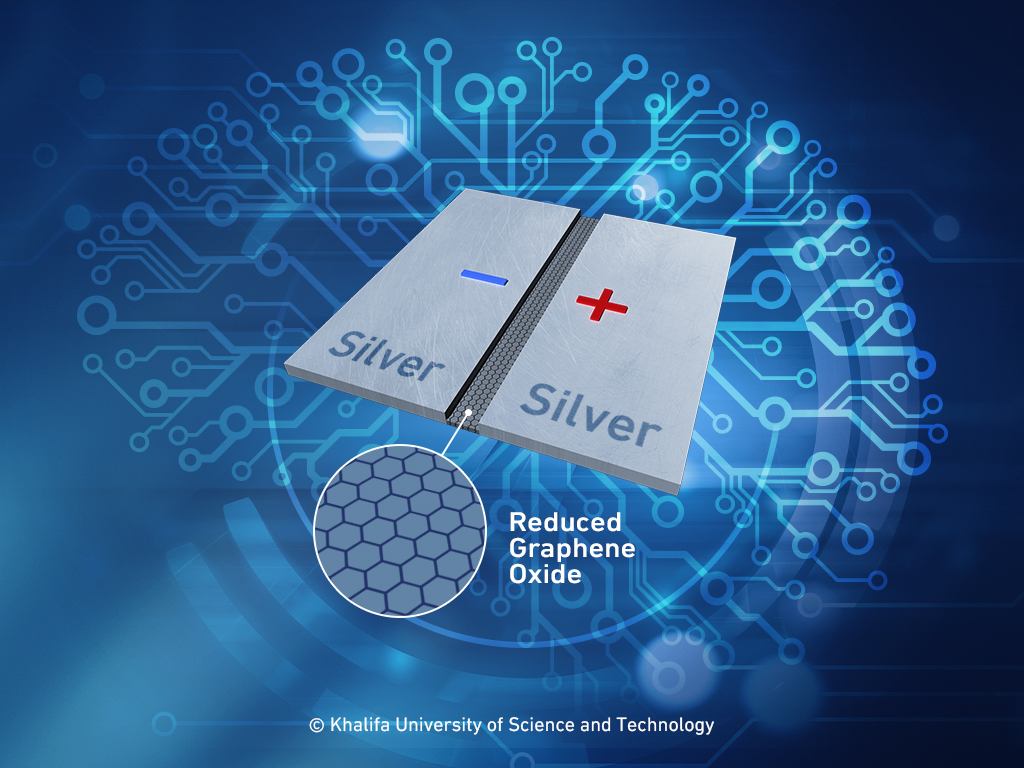NeuroMem: Mimicking the Synapses in the Human Brain
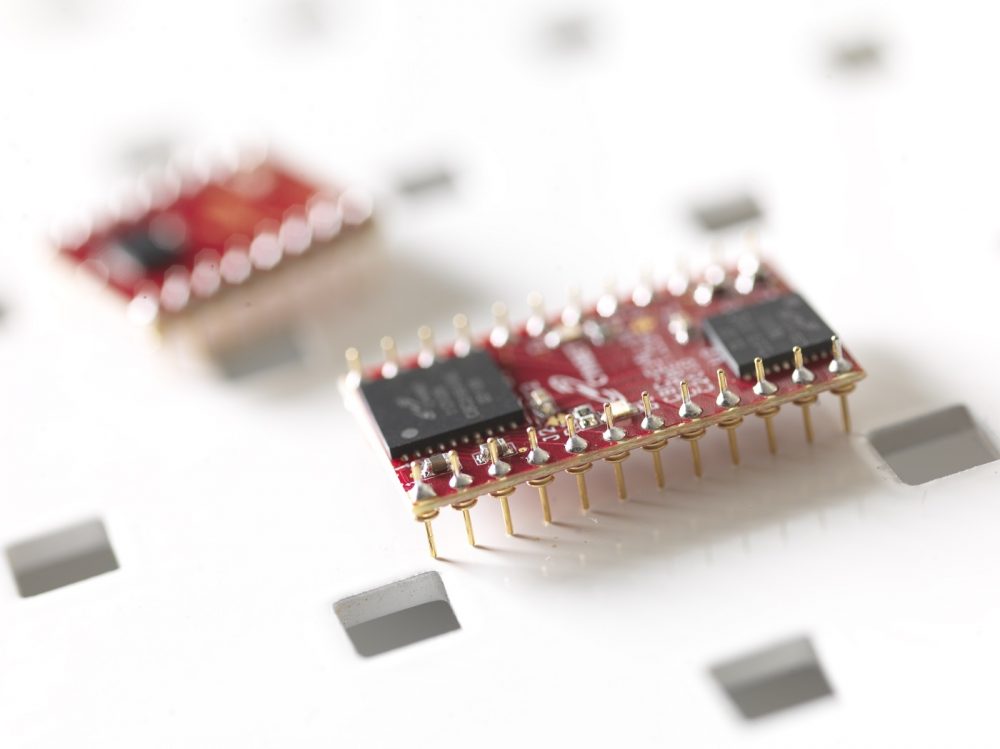
A team from Khalifa University has developed a new type of flexible memristor device, called ‘NeuroMem’, that will extend the application of memristors to flexible electronic technologies like wearable smart devices.
Read Arabic story here.
Computer scientists have long been inspired by the human brain, aiming to design a computer that is able to store, retrieve and process information just as efficiently as the brain. The memristor, short for memory resistor, could be the key to designing such a computer as it processes information in a way that mimics the brain’s synapses and enables efficient neural network architecture.
A team from Khalifa University has now developed a new type of flexible memristor device, called ‘NeuroMem’, that will extend the application of memristors to flexible electronic technologies like wearable smart devices. The team, including Dr. Baker Mohammad, Associate Professor of Electrical Engineering and Computer Science and Director of the System on Chip Center (SoCC), Dr. Heba Abunahla, Research Scientist, Dr. Yasmin Halawani, Postdoctoral fellow, and Dr. Anas Alazzam, Associate Professor of Mechanical Engineering, published their findings recently in Scientific Reports.
A memristor device consists of metal oxide sandwiched between two electrodes. It has the ability to change its resistance state under the application of suitable voltage. As the name implies, the memristor can remember its last written state, even if power is turned off, which provides it great potential to be deployed as a solid-state computer memory device.
Unlike traditional solid-state storage technologies, memristors require less energy to operate, last longer, and store at least twice as much data. They use brain-inspired architectures that allow them to perform in-memory-computing (IMC). This solves a big issue in traditional computer architectures, referred to as the memory wall, by eliminating the need to move data from memory to the processing unit in order to perform computing functions. This unification of memory and computing imitates the way the human brain works.
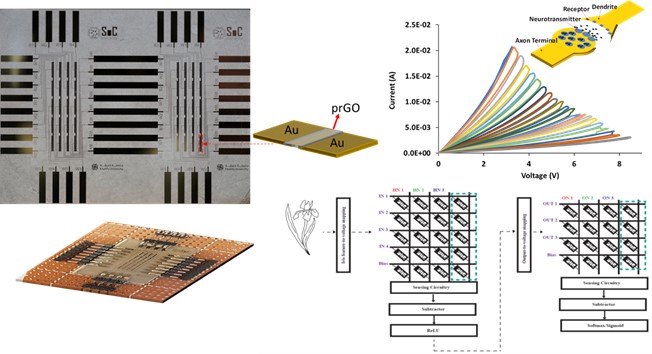
Computers traditionally have separate processing and memory storage units, while the brain uses neurons to perform both functions. With the unique characteristics of memristors, they also have this ability to process and store data at the same memory element. This is achieved by using a similar mechanism used by synapses in a human brain to transfer information between neurons.
Unlike an electrical resistor with a fixed resistance, a memristor has a voltage-dependent resistance. This means that the resistance increases or decreases depending on the amount of voltage applied. In other words, a memristor integrates the flux applied over time, which is the key element to its function. Thus, the electrical properties of the used material are crucial; the active material must have the ability to switch its resistance state with the applied voltage.
The KU research team developed NeuroMem with graphene – a material known for its advanced electrical properties.
“Many metal oxides are used as the switching medium in memristor devices but few researchers are investigating using graphene or graphene oxide as electrodes or the switching materials,” explained Dr. Mohammad. “Using graphene oxide in memristor can improve the device’s performance and its switching ability. Our device is the first to exhibit a full analog resistance switching value within a given range.”
Graphene is already widely used in a range of applications for its outstanding features: it is flexible, low-cost, adaptable and more environmentally-friendly. By using reduced graphene oxide, the researchers can manufacture NeuroMem with standard microfabrication processes, making it simple, cost-effective and scalable for mass production.
Plus, their new NeuroMem device is flexible, meaning it can be integrated into electronics that involve building circuits on flexible polymer surfaces for applications such as smart wearable devices, where flexible memory and artificial intelligence (AI) elements capabilities are vital.
There is a huge effort underway to use memristor devices in computer chips designed to mimic the human brain. By combining this functionality with the flexibility and scalability of graphene-based materials, it is easy to imagine the development of a new generation of intelligent devices with very low power consumption and ultra-fast performance.
The team has demonstrated the analog memristor behavior in the fully connected layer part of an AI neural network algorithm and has shown the potential of deploying this technology for pre-trained neural networks to perform computing directly on distributed devices as opposed to central servers.
Jade Sterling
Science Writer
1 October 2020
